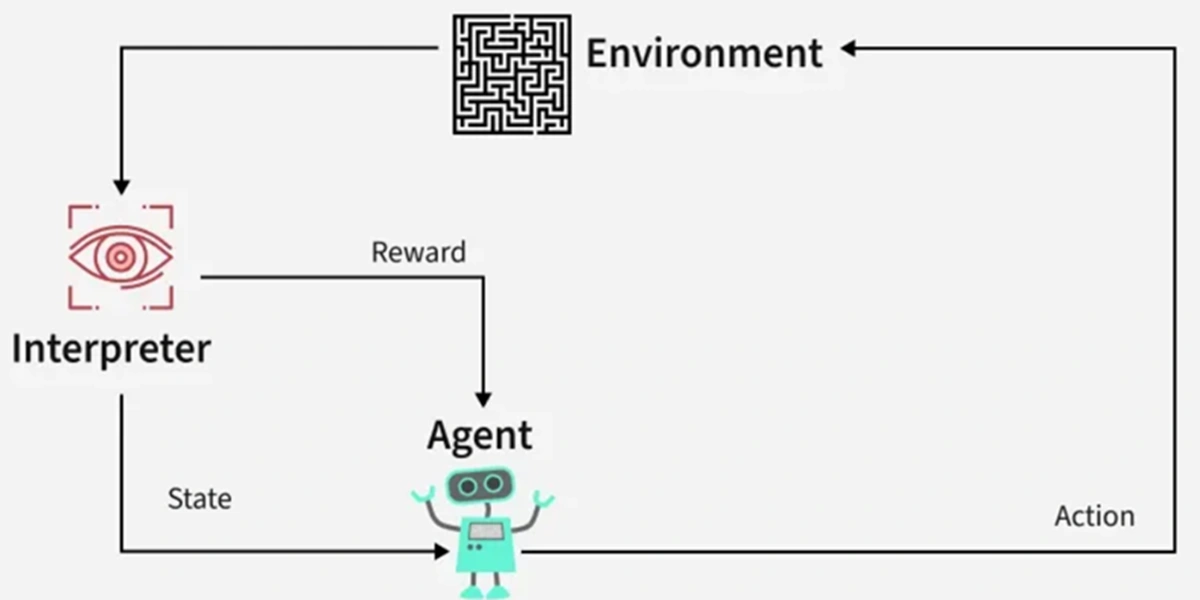Software cost estimation : Predicting the resources required for a software development process
Fundamental estimation questions
- How much effort is required to complete an activity?
- How much calendar time is needed to complete an activity?
- What is the total cost of an activity?
- Project estimation and scheduling and interleaved management activities
Software cost components
- Hardware and software costs
- Travel and training costs
- Effort costs (the dominant factor in most projects)
- Salaries of engineers involved in the project
- Social and insurance costs
- Effort costs must take overheads into account
- Costs of building, heating, lighting
- Costs of networking and communications
- Costs of shared facilities (e.g library, staff restaurant, etc.)
Costing and pricing
- Estimates are made to discover the cost, to the developer, of producing a software system
- There is not a simple relationship between the development cost and the price charged to the customer
- Broader organisational, economic, political and business considerations influence the price charged
Programmer productivity
- A measure of the rate at which individual engineers involved in software development produce software and associated documentation
- Not quality-oriented although quality assurance is a factor in productivity assessment
- Essentially, we want to measure useful functionality produced per time unit Productivity measures
- Size related measures based on some output from the software process. This may be lines of delivered source code, object code instructions, etc.
- Function-related measures based on an estimate of the functionality of the delivered software. Function points are the best known of this type of measure
Measurement problems
- Estimating the size of the measure
- Estimating the total number of programmer months which have elapsed
- Estimating contractor productivity (e.g. documentation team) and incorporating this estimate in overall estimate
What’s a line of code?
The measure was first proposed when programs were typed on cards with one line per card
How does this correspond to statements as in Java which can span several lines or where there can be several statements on one line
What programs should be counted as part of the system?
Assumes linear relationship between system size and volume of documentation
Productivity comparisons
The lower level the language, the more productive the programmer
The same functionality takes more code to implement in a lower level language than in a high-level language
The more verbose the programmer, the higher the productivity
Measures of productivity based on lines of code suggest that programmers who write verbose code are more productive than programmers who write compact code
Function points
- Based on a combination of program characteristics
- External Inputs and Outputs
- User Interactions
- External Interfaces
- Files Used by the System
A weight is associated with each of these
The function point count is computed by multiplying each raw count by the weight and summing all values
Function point count modified by complexity of the project
FPs can be used to estimate LOC depending on the average number of LOC per FP for a given language
LOC = AVC * number of function points
AVC is a language-dependent factor varying from 200-300 for assemble language to 2-40 for a 4GL
Object points
- Object points are an alternative function related measure to function points when 4Gls or similar languages are used for development
- Object points are NOT the same as object classes
- The number of object points in a program is a weighted estimate of
- The number of separate screens that are displayed
- The number of reports that are produced by the system
- The number of 3GL modules that must be developed to supplement the 4GL code
Object point estimation
Object points are easier to estimate from a specification than function points as they are simply concerned with screens, reports and 3GL modules
They can therefore be estimated at an early point in the development process. At this stage, it is very difficult to estimate the number of lines of code in a system
Productivity estimates
- Real time embedded systems, 40-160 LOC/P-month
- Systems programs , 150-400 LOC/P-month
- Commercial applications, 200-800 LOC/P-month
- In object points, productivity has been measured between 4 and 50 object points/month depending on tool support and developer capability
Software Cost Estimation – Quality and productivity
- All metrics based on volume/unit time are flawed because they do not take quality into account
- Productivity may generally be increased at the cost of quality
- It is not clear how productivity/quality metrics are related
- If change is constant then an approach based on counting lines of code is not meaningful
Estimation techniques
- There is no simple way to make an accurate estimate of the effort required to develop a software system
- Initial estimates are based on inadequate information in a user requirements definition
- The software may run on unfamiliar computers or use new technology
- The people in the project may be unknown
- Project cost estimates may be self-fulfilling
- The estimate defines the budget and the product is adjusted to meet the budget
Algorithmic code modelling
A formulaic approach based on historical cost information and which is generally based on the size of the software cost estimation
| Read More Topics |
| Software project management activities |
| Systems development life cycle |
| The Point-to-Point Protocol (PPP) |
| Risk analysis and management |
| Agility and cost of change |






